Submitted by WA Contents
5 Finalists Announced for 2019 Mies van der Rohe Award
Spain Architecture News - Feb 13, 2019 - 06:15 17633 views

The European Commission and the Mies van der Rohe Foundation have announced the five finalists that will compete in the 2019 European Union Prize for Contemporary Architecture – Mies van der Rohe Award.
The strong five finalists include PC CARITAS in Melle by architecten de vylder vinck taillieu, Plasencia Auditorium and Congress Centre by Selgascano, Skanderbeg Square in Tirana by 51N4E, Anri Sala, Plant en Houtgoed and iRI, Terracehouse Berlin by Brandlhuber+ Emde, Burlon and Muck Petzet Architekten, and Transformation of 530 dwellings - Grand Parc Bordeaux by Lacaton & Vassal architects, Frédéric Druot Architecture and Christophe Hutin Architecture.
In April, the Jury - composed of Dorte Mandrup, George Arbid, Angelika Fitz, Ștefan Ghenciulescu, Kamiel Klaasse, María Langarita and Frank McDonald - will visit the five works in order to select the Prize Winner and the Emerging Architect Winner that will be announced at the end of April.
The Jury considered that these five works tackle undetermined programs which allow people to find different ways of using spaces and transform them into different places: PC CARITAS becomes a new kind of public space in an existing construction; the congress centre in Plasencia is not only a place to organise conferences; the square in Tirana becomes a hall, a space to walk through, a place to sit and play and organize many other activities; the building in Berlin sets different volumes that can be occupied in different ways and the galleries in Bordeaux, increasing the volume, light and air conditions of the apartments, can be used in many different ways by the inhabitants.
The Award Ceremony will take place on the 7th of May 2019 at the Mies van der Rohe Pavilion in Barcelona. Save the date for the lectures, debates, exhibition opening and celebration with the Jury members, Winners, Finalists, Clients and other guests and representatives.
Scroll down to see the five finalists below:
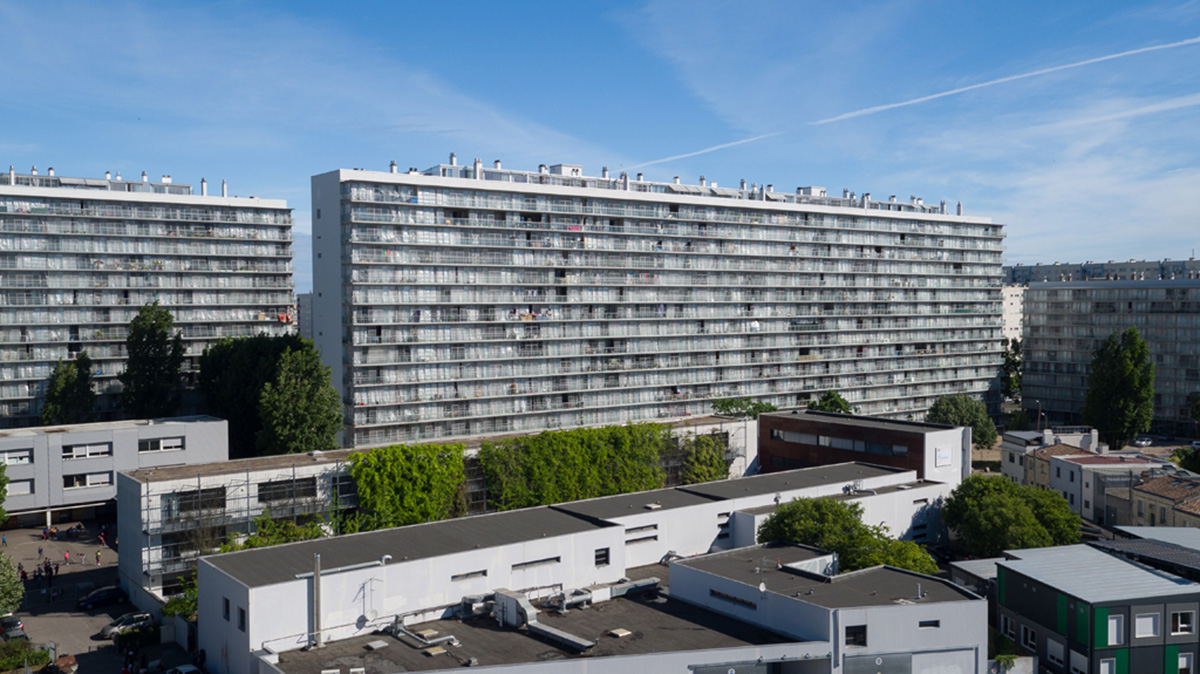
Image © Philippe Ruault
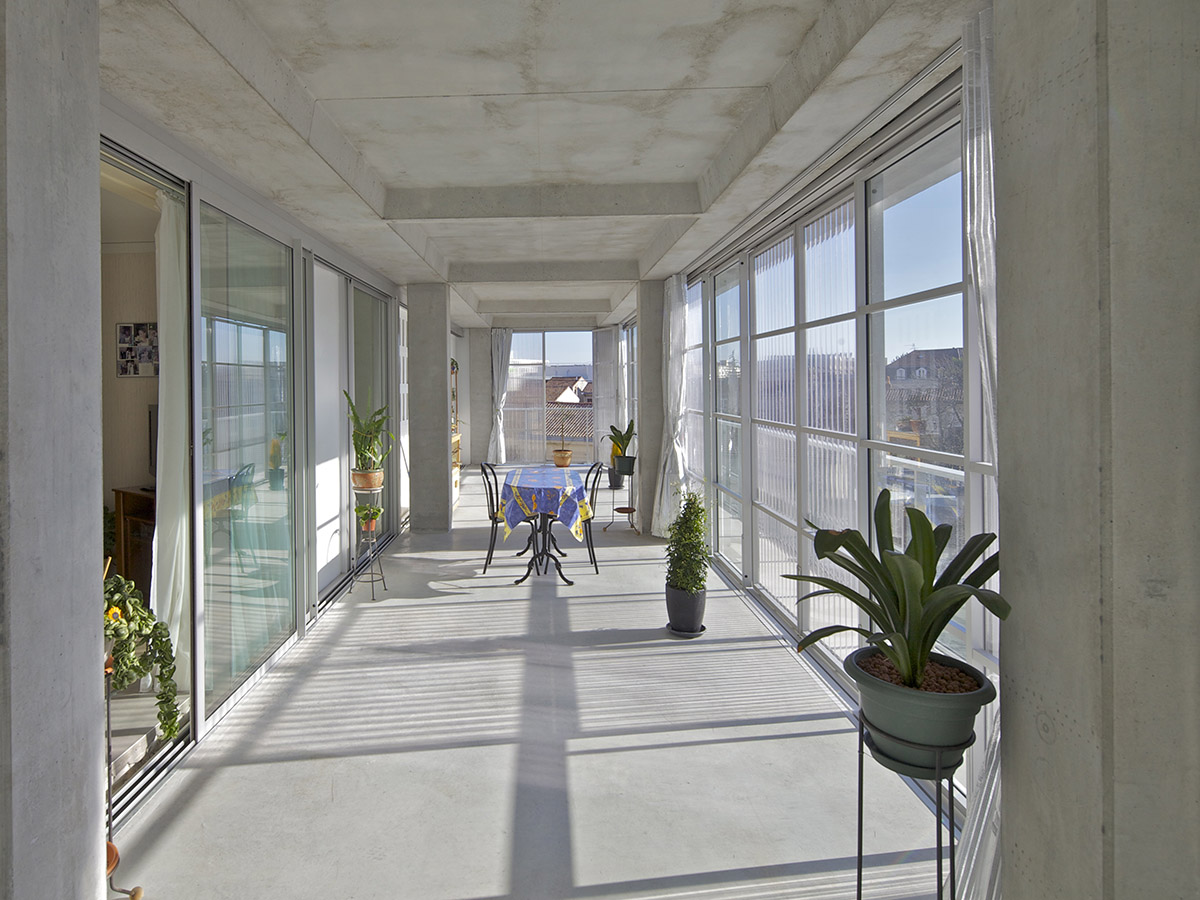
Image © Philippe Ruault
Transformation of 530 dwellings - Grand Parc Bordeaux in Bordeaux, France by Lacaton & Vassal architects, Frédéric Druot Architecture and Christophe Hutin Architecture
The project consists in the transformation of 3 social housing’s buildings of 530 dwellings. Built in the early 60’s, they needed a renovation after their demolition has been ruled out. The transformation of the dwellings full occupied, starts from the interior, to give them new qualities: more space, more light, more view, and upgrade the facilities.

Image © Erica Overmeer, David von Becker
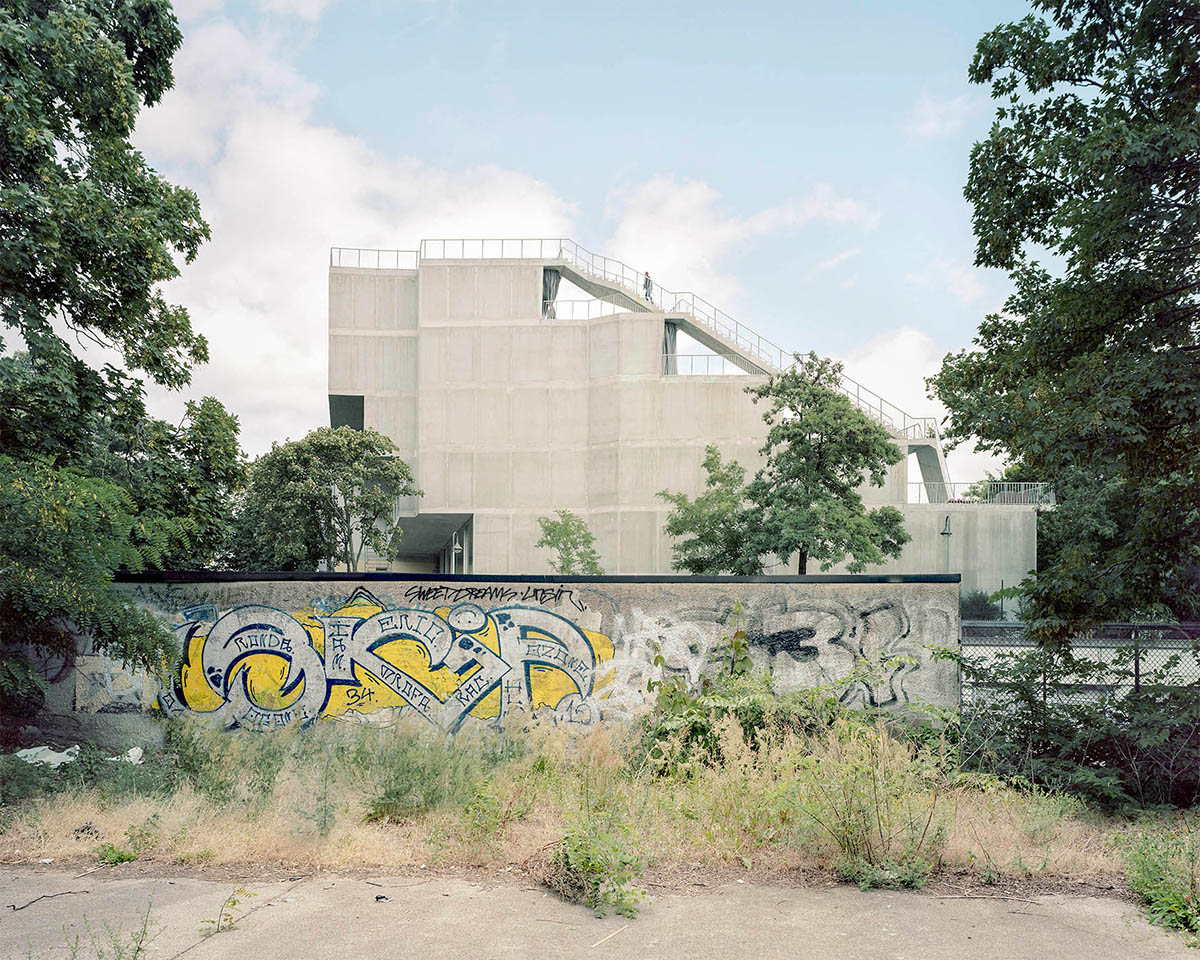
Image © Erica Overmeer, David von Becker
Terracehouse Berlin by Brandlhuber+ Emde, Burlon and Muck Petzet Architekten
The building’s envelope is built out roughly in concrete and plywood, only including central cores with elevators and bathrooms. All other additions, such as spatial separations, are made by the users themselves according to their needs. Although today the project meets the legal standards of a commercial building, it is aimed at overcoming the separation between living and working, commercial and residential, questioning existing norms.

Image © Iwan Baan

Image © Iwan Baan
Plasencia Auditorium and Congress Centre, Spain by Selgascano
"We plotted to make this building set the stage for a different method and preserve an island of natural earth in the future expansion zone, even if it meant being a small puddle in the sea, as a possible reagent for the rest of the constructions to come, which will find themselves insinuated and become beached similarly in this whiffed sea: the Extremadura countryside used as an equivalent for the ocean."
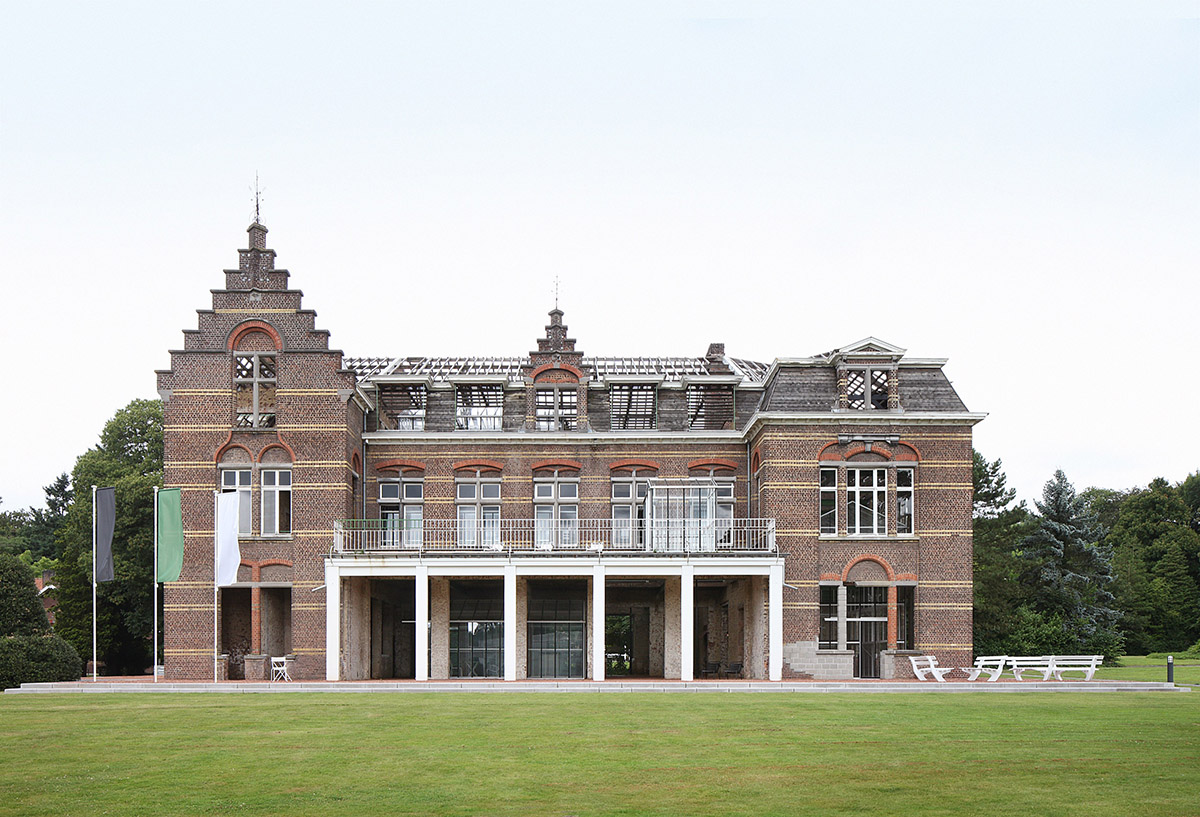
Image © Filip Dujardin
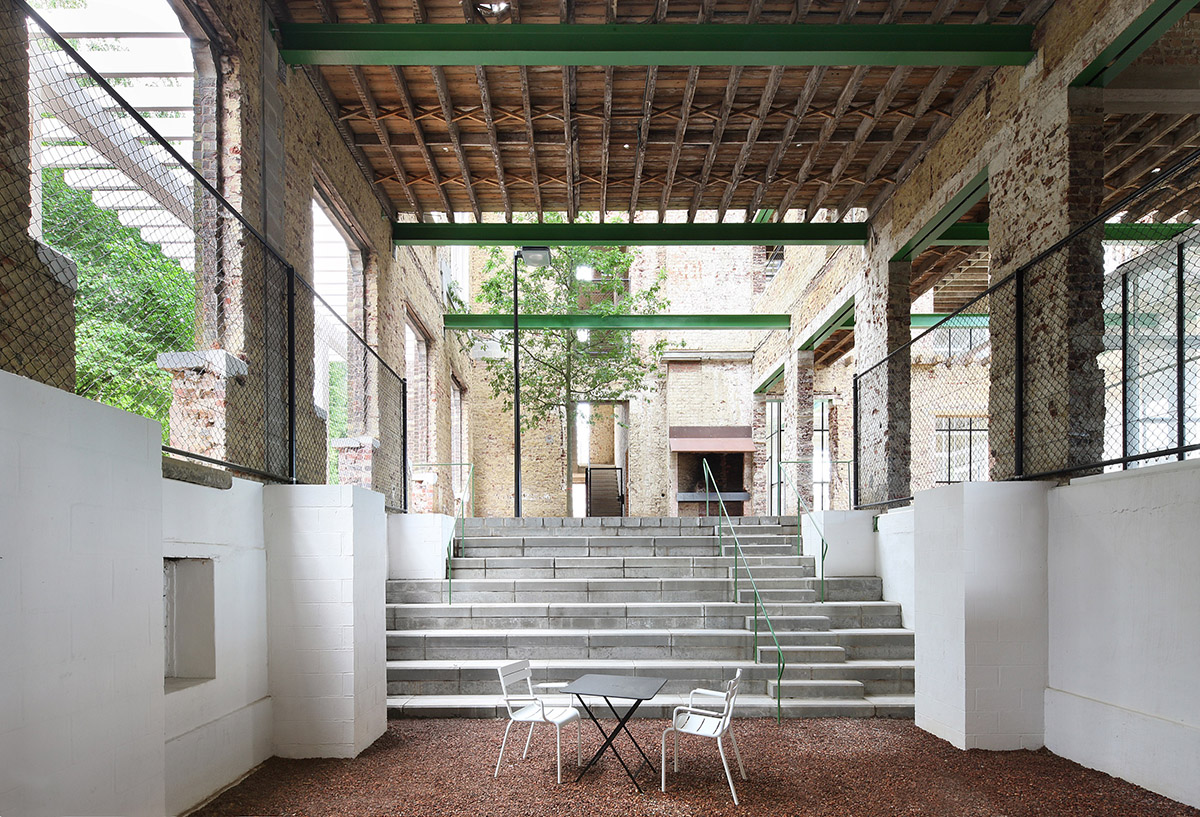
Image © Filip Dujardin
PC CARITAS in Melle by architecten de vylder vinck taillieu
"What if a built environment that has lost its meaning and purpose and what if that building is not to be refurbished towards another program or functionality and so by that is expected to be demolished...what if the building is just kept and prepared to become an experimental space to re-discover and -explore and -define possible other ways of life.

Image © Filip Dujardin
Skanderbeg Square in Tirana by 51N4E, Anri Sala, Plant en Houtgoed and iRI
Skanderbeg Square—in its 2008 state—inspired a sense of awe, and possessed a certain indefinition that created a feeling of openness. The design reorganizes the vast ex-communist space in a simple yet radical manner, opening it up to new ways of reading. The square’s green belt was treated as the beginning of an urban forest, the starting point of a reflection on the whole city as an urban ecosystem. The square was approached as part of a metabolism, contributing to the improvement of its environment and conscious of the various connections with its immediate as well as more remote surroundings.
At the end of April the name of the 2019 Award Winners will be announced. Between 9th and 19th of May, on the EU Mies Architecture Days the 4 Finalist works, the Winner and the Emerging Architect buildings will open their doors to all publics to be visited and have an in situ experience, together with the architects and those involved in the organisation of the Prize.
